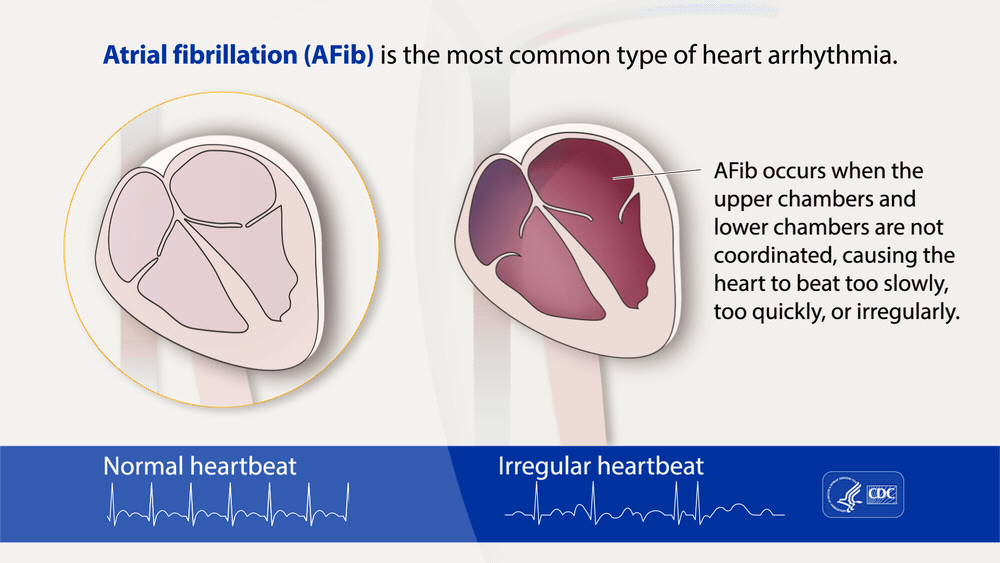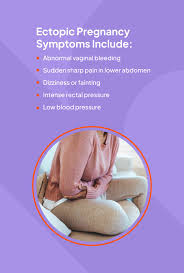Introduction
Creating a nursing care plan for a patient with cerebral palsy involves addressing the unique needs and challenges associated with this neurological condition. Below is a sample nursing care plan:
-
Assessment:
Subjective Data:
- Obtain a detailed medical history, including the type and severity of cerebral palsy, any coexisting medical conditions, and current medications.
- Interview the patient and family to understand daily challenges, functional limitations, and goals.
Objective Data:
- Perform a comprehensive physical assessment, including motor skills, muscle tone, coordination, and sensory perception.
- Assess the patient’s ability to communicate and participate in activities of daily living (ADLs).
- Evaluate nutritional status and feeding abilities.
-
Nursing Diagnosis:
Impaired Physical Mobility related to muscle spasticity and coordination deficits in cerebral palsy.
Goals:
- The patient will achieve optimal physical mobility and independence in activities.
- The patient will experience minimal discomfort related to spasticity.
Interventions:
Collaborate with physical and occupational therapists to develop a customized exercise and mobility plan. Assist with range of motion exercises to maintain joint flexibility and prevent contractures. Administer prescribed muscle relaxants or antispasmodic medications as directed. Provide adaptive equipment and devices to enhance independence in ADLs. Educate the patient and family on proper body positioning and handling techniques to prevent injury.
-
Nursing Diagnosis:
Impaired Verbal Communication related to speech and language deficits in cerebral palsy.
Goals:
- The patient will improve verbal communication skills.
- The patient will effectively express basic needs and desires.
Interventions:
Collaborate with speech-language pathologists to assess and develop a communication plan. Encourage the use of augmentative and alternative communication (AAC) devices if needed. Provide opportunities for social interaction and communication with peers. Support and reinforce efforts to enhance speech and language skills. Involve the family in communication strategies and promote a supportive environment.
-
Nursing Diagnosis:
Risk for Aspiration related to impaired swallowing function in cerebral palsy.
Goals:
- The patient will maintain adequate nutritional intake.
- The patient will demonstrate safe swallowing techniques.
Interventions:
Collaborate with a speech-language pathologist to assess and manage swallowing difficulties. Offer modified food textures and adaptive feeding equipment as needed. Monitor for signs of aspiration, such as coughing or respiratory distress during meals. Educate the patient, family, and caregivers about strategies to reduce the risk of aspiration. Coordinate with a dietitian to ensure the patient’s nutritional needs are met.
-
Nursing Diagnosis:
Disturbed Sleep Pattern related to muscle spasticity and discomfort in cerebral palsy.
Goals:
- The patient will achieve improved sleep quality and duration.
- The patient will experience minimal disruptions to the sleep pattern.
Interventions:
Collaborate with the healthcare team to manage spasticity and discomfort, especially before bedtime. Implement a consistent bedtime routine to promote relaxation. Assess the patient’s sleep environment and make necessary adjustments. Administer prescribed sleep medications or pain management as directed. Educate the patient and family about the importance of a healthy sleep routine.
-
Evaluation:
- Regularly assess the patient’s progress toward established goals.
- Modify the care plan based on changes in the patient’s condition or needs.
- Collaborate with the interdisciplinary team to ensure holistic and patient-centered care.
Note: Cerebral palsy is a diverse condition, and the care plan should be tailored to the individual’s specific needs, functional abilities, and goals. Regular communication with the patient, family, and healthcare team is crucial for the successful implementation of the care plan.










